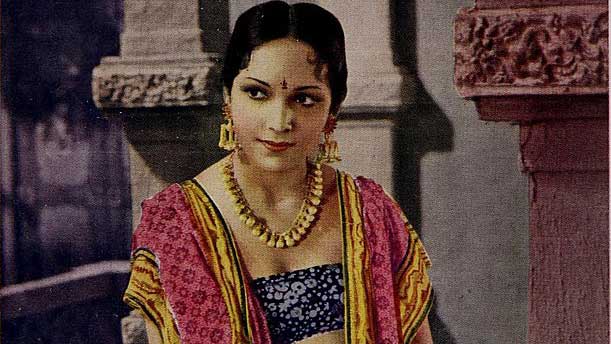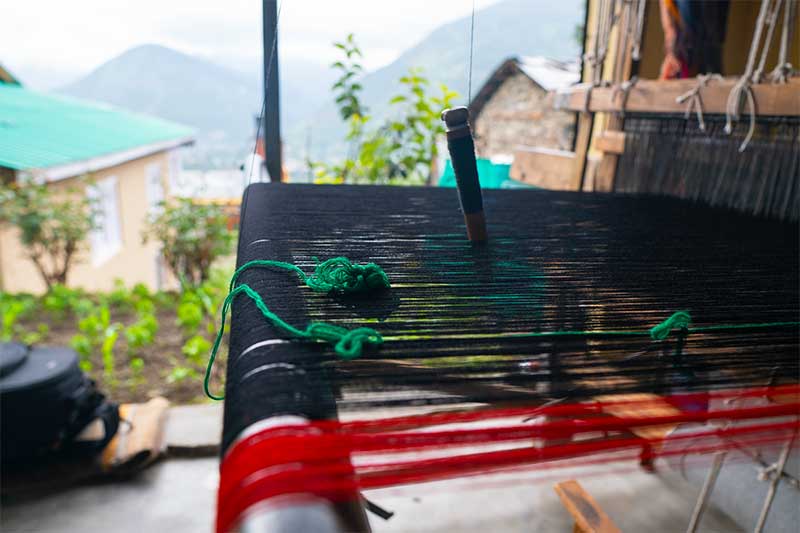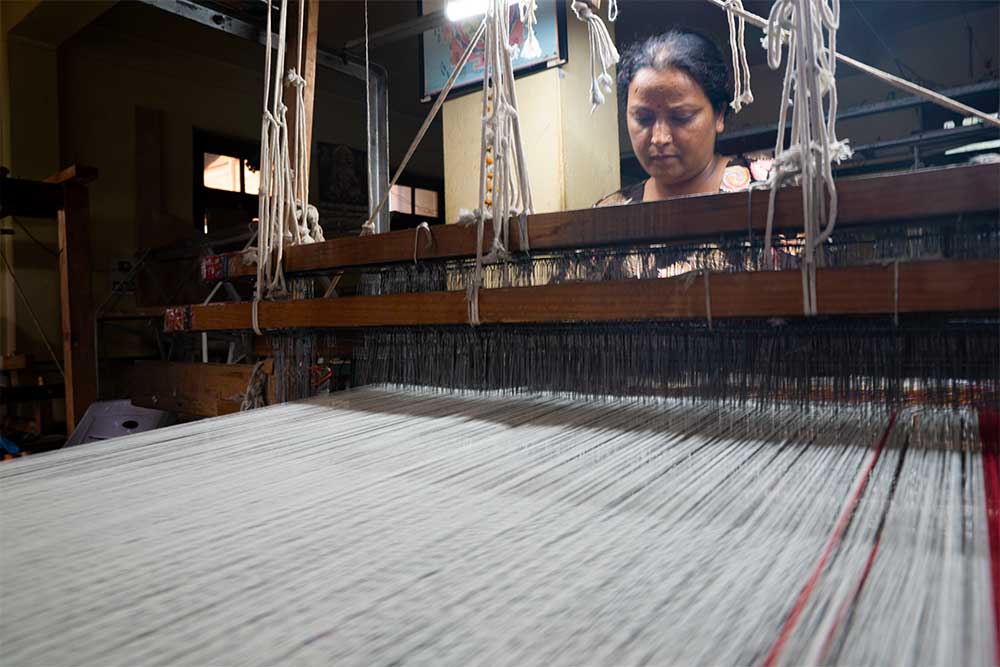Himachal
Kullu Shawls
Kullu Shawls:
How To Spot
Genuine From Fake

Want to buy something original and authentic on your trip to Kullu-Manali? Something which is truly local, artistic and also useful? Why don’t you try the handmade Kullu shawls? But hey, before you buy, you need to know a bit about the Kullu shawls as mostly fake Kullu shawls are sold as genuine. So, here is all you wanted to know about the Kullu shawls — history, importance, how they are made, why so famous, fake and the original Kullu shawls and how to tell them apart.
What is a Kullu shawl?
Kullu shawls are world famous. Made on handlooms, Kullu shawls are known for their fine fabric, eye-catching designs and vivid colours. With newer experiments in designs, Kullu shawls have also become a fashion statement. And of course, they keep you warm.
Kullu shawls are world famous. Made on handlooms, Kullu shawls are known for their fine fabric, eye-catching designs and vivid colours. With newer experiments in designs, Kullu shawls have also become a fashion statement. And of course, they keep you warm.
Why Kullu shawls are famous?

Today, ‘Kullu Shawls’ has become an unmatchable global brand. Kullu shawls are a vital part of Kullu’s cultural heritage. It’s the aesthetic use of design and colours that make Kullu shawls stand apart. Also, the fact that weaving a Kullu shawl is an art form makes Kullu shawls the most sought-after hand-woven piece of cloth.
Legendry actress Devika Rani is credited with first making the Kullu shawls popular. Devika Rani had married Svetoslav Roerich, the son of famous Russian painter Nicholas Roerich, who used to live in Naggar village of Kullu.
It was during one of her visits to Naggar that Devika had got made her first Kullu shawl. After this, there was no turning back for the Kullu shawls. Kullu shawls as a brand became an instant hit. More recently, Bollywood actress Kangana Ranaut was spotted making a fashion statement wearing a Kullu shawl.
How Kullu shawls originated?

Weaving had been part of life for ages in a mountainous region like Kullu — cold and cut off from the outside world. In the early days of weaving, local people weaved on pitlooms, mostly pattoo, coats and shawls, to keep themselves warm. The household weaving also led to the keeping of sheep and goat herds for wool. There was a time when pitlooms, called Rachh in local dialect, were in almost every house in Kullu.
Kullu shawls used to be plain and simple in design till some weavers from Rampur Bushahr in Shimla district, looking for employment opportunities, migrated to Kullu during the British days and revolutionised the art of weaving Kullu shawls. They added vibrant hues and design patterns to the Kullu shawls.
Though there were other shawl centres in Himachal during the British days like Rampur in Shimla and Nurpur in Kangra with Sabathu in Solan being the top trading centre but in time Kullu shawls emerged to become a brand in itself. Today, there are still thousands of weavers in Kullu district alone who are keeping this rich heritage alive
What are the types of Kullu shawls?
Kullu shawls are mainly made of sheep wool, angora wool, Yak wool and pashmina. Sheep wool is locally available and also imported. Pashmina is cashmere wool obtained from Changthangi goats, found in the high-altitude region of Ladhakh. Pashmina shawls are the finest in fabric and hence the most expensive.
What is the difference between Kullu and Kinnaur shawls?
Kullu shawls are less intricate in design than the Kinnaur shawls. The Kinnaur shawls are known for great subtlety and complex design patterns and also bear a strong Central Asian influence. Comparatively, Kullu shawl designs are easy and simple.
According to Satya Parkash Thakur, the Chairman of Bhutti Weavers Cooperative Society, one of the biggest handloom cooperative societies in the Kullu shawl production, the intricate designs were simplified by his father Ved Ram Thakur in the 1940s. “And the credit for branding Kullu shawls goes to my father, who had applied innovative methods in marketing the shawls,” adds Thakur.
How Kullu shawls are made?

Kullu shawls are hand-woven using a handloom. It can take from weeks to even months for a single person to weave an original Kullu shawl. Here is the process in brief: First the wool is procured. Mostly its local, angora or pashmina.
The wool is either hand-spun using a spindle to produce yarn. These days mostly machines are used for producing yarn out of wool. Once the yarn is ready, the next step is to set up the warp or the vertical length of the weave.
After the warp yarn is fitted onto the loom, a fly shuttle is fixed for controlling the weft yarn or the horizontal length of the yarn. As the weaving starts, the shuttle is passed between the warp yarns, thus creating the shawl, thread by thread.
So, every shawl sold in Kullu is original?
No. Actually, powerloom-made shawls have flooded the market in recent years. According to an estimate, 70% of the total shawls sold in Kullu are fake. Here fake means shawls that are not hand-woven but produced at largescale on powerlooms. These shawls, which are mostly produced in factories in Ludhiana on powerlooms, are sold as Kullu shawls.
How to spot a genuine Kullu shawl from a fake Kullu shawl?
You need a sharp eye to distinguish between the handloom-made Kullu shawl and the one made on powerloom. Here are few tips:
*The design on an original Kullu shawls appears similar on both sides of a Kullu shawls. However, on a machine-made shawl the design on the opposite side will appear as a light reflection.
*A Geographical Indicator (GI) mark has been made mandatory for Kullu shawls. The mark is a certificate of genuine Kullu shawls.
*The finish of original Kullu shawls is a little rough compared to the smooth finish of machine-made shawl.
*Original Kullu shawls are priced higher and there is never a huge discount offered on their sales. However, a huge discount on powerloom shawls is not surprising.
*The dyes used in Kullu shawls are organic and eco-friendly unlike the acrylic dyes used in the powerloom shawls.
What is the price range of Kullu shawls?
Original Kullu shawls are priced higher than the machine-made shawls. Their price depends on the fabric, design and the time it took to weave them. They can start from few thousands and go up to Rs 25,000 to Rs 30,000, depending on the quality.
Where to buy Kullu shawls from?
Out of the 291 primary registered handloom cooperative societies in Himachal, Kullu alone has 152 societies involved in this age-old craft. Bhuttico Weavers Cooperative Society is the largest of the societies that sells original Kullu shawls. HIMBUNKAR, the apex body of handloom cooperative societies also has showrooms in various towns of Himachal Pradesh including Kullu.
Are genuine Kullu shawls available online also?
Yes. You can buy the original Kullu shawls, caps, pattoo, mufflers, stoles etc from the Wildcone shop also.




